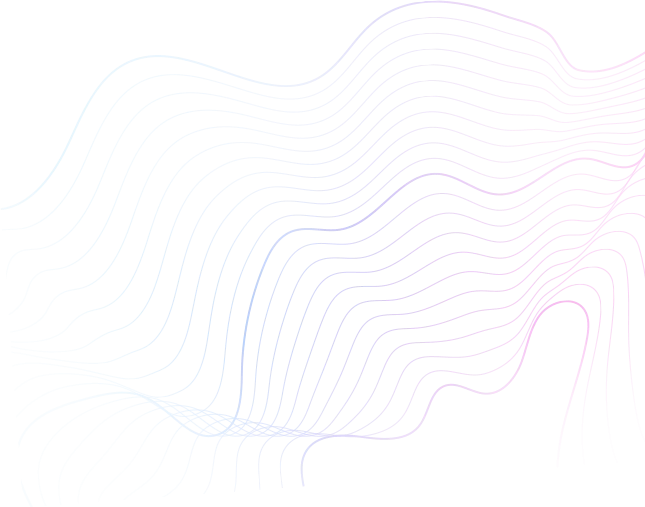About this Course
Instructor
Learning Objectives
Sponsors
Quick Links
Learn at Lunch: Faster, Smarter Care for Pet Toxicosis – And a Chance to Win Free Samples!
Pet intoxication is one of the most common veterinary emergencies, yet current treatment paradigms often fail to address the most critical variable in successful outcomes: time to intervention. Traditional approaches—such as in-clinic emesis induction, gastric lavage, and activated charcoal—are increasingly shown to be both delayed and less effective than once believed.
Join us for this Learn at Lunch session as we challenge longstanding veterinary norms and explore how immediate, at-home administration of adsorbing agents like activated charcoal can dramatically improve outcomes, reduce toxin absorption, and optimize in-clinic interventions.
Drawing on parallels from human medicine’s use of emergency at-home treatments like EpiPens and Narcan, we’ll highlight a new, user-friendly activated carbon formulation that empowers clients while preserving clinical oversight. Learn how these rapid-response strategies can bridge the critical gap between exposure and professional care.
Bonus: 50 attendees will be entered to win free product samples from Dr. Cuddles!
Agenda
- A review of the most common household toxins affecting pets
- The time-sensitive nature of toxin absorption and the limits of delayed decontamination
- Evidence-based comparison of emesis, lavage, and activated charcoal efficacy
- Risks and limitations of current at-home emesis practices (e.g., hydrogen peroxide)
- Advantages of modern activated charcoal formulations suitable for home use
- Practical strategies for empowering clients while maintaining clinical oversight




